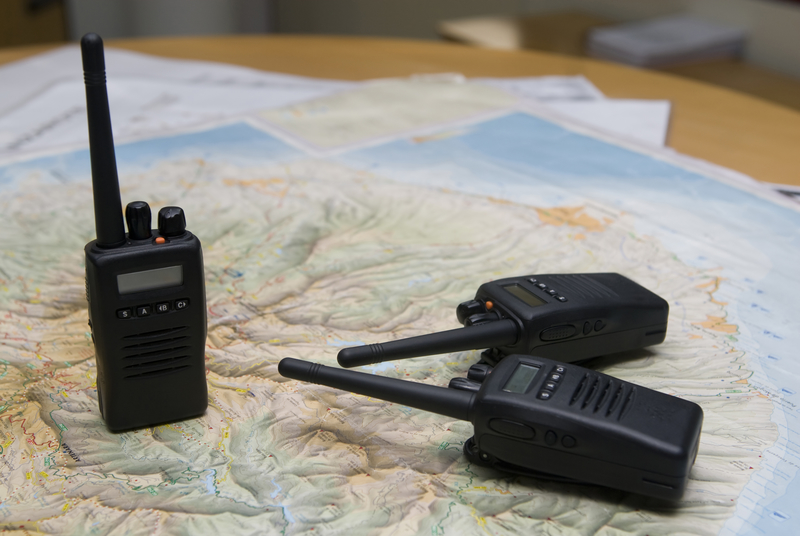Two Way Radio communications let you communicate with family, friends and other survivalists when other forms of communication are dropped.
The trick is to plan ahead and make sure that you have the tools (including a power source) you need available before a survival crisis hits; here are three types of two-way radio systems.
Ham Radio
Amateur Radio Service, more commonly referred to as Ham radio, allows users to talk to other operators across the globe. Because of its long range and the skills required to operate a ham radio without causing interference, the FCC requires
Ham radio operators to be licensed. Note that it isn’t the ham radio which gets licensed. It is the operator which must be licensed.
Ham radios can be incredibly powerful, but the typical handheld ham radio is about 5 watts or less. Mobile ham radios are usually around 10 to 100 watts, and ham base stations usually have 100 to 200 watts. Antennas can be installed on rooftops or towers to increase range. Note that there are different ham radio license types, and some limit how many watts you can use.
Overview:
• Max Power: 5 watts (handheld); 50 watts (mobile); 1500 watts (base)
• Band: HF, UHF, VHR
• Assigned Channels? No
• Range: 1-20 miles (handheld); 5-1200 miles (mobile); 50-2500 miles (base)
• License required? YesCB Radio
CB stands for Citizens Band Radio Service. These are very powerful 2-way radios and are commonly used by truckers, and operate on 27 MHz HF (shortwave) band. There are almost no legal requirements for operating a CB radio. The FCC rules (95.403) only state that foreign governments cannot use CB radio, and people with an FCC cease and desist order cannot operate CB radio. You are not allowed to have overseas communications with CB radio.
There are 40 channels on CB radio. Each channel can be used in AM mode r single sideband mode (SSB). The SSB mode is further divided into upper sideband mode (USB) and lower sideband mode (LSB). This gives users eve more channels to choose from. Note that SSB CB radios usually cost more than AM CB radios.
However, SSB CB radios tend to have much longer range and are more reliable in bad weather conditions. *Channel 9 on the CB radio is dedicated to emergency communications.
Overview
• Max Power: 12 watts in PEP SSB; 4W watts in AM
• Band: AM and SBB
• Assigned Channels? Yes
• Range: 3-5 miles (handheld); 7-10 miles (mobile); 10-50 miles (base)
• License required? NoGMRS Radio
General Mobile Radio Service (GMRS) is a 2-way radio designed for short-distance communications. It was set aside by the FCC for family use, but can be used for business use as well. There are a total of 15 channels, of which 7 are shared by FRS. A license is required for GMRS, but only one license is needed for the entire family.
Overview
• Max Power: 5 watts
• Band: UHF
• Assigned Channels? Yes
• Range: 5-25 miles (mobile)
• License required? Yes
Of each of these types of two-way radio communications systems, Ham is the most intensive in terms of conception to broadcast; CB is likely the easiest as well as the most versatile, depending on your communications system array.
To learn more about two-way radio communications and alternatives to the list above, check out Primal Survival.

Like anything, you have to learn to use them correctly. You don’t want them going off while you’re avoiding trouble. Might be a bad thing. However, communication with the group is a must. So it can be a double edge sword.
David Manning